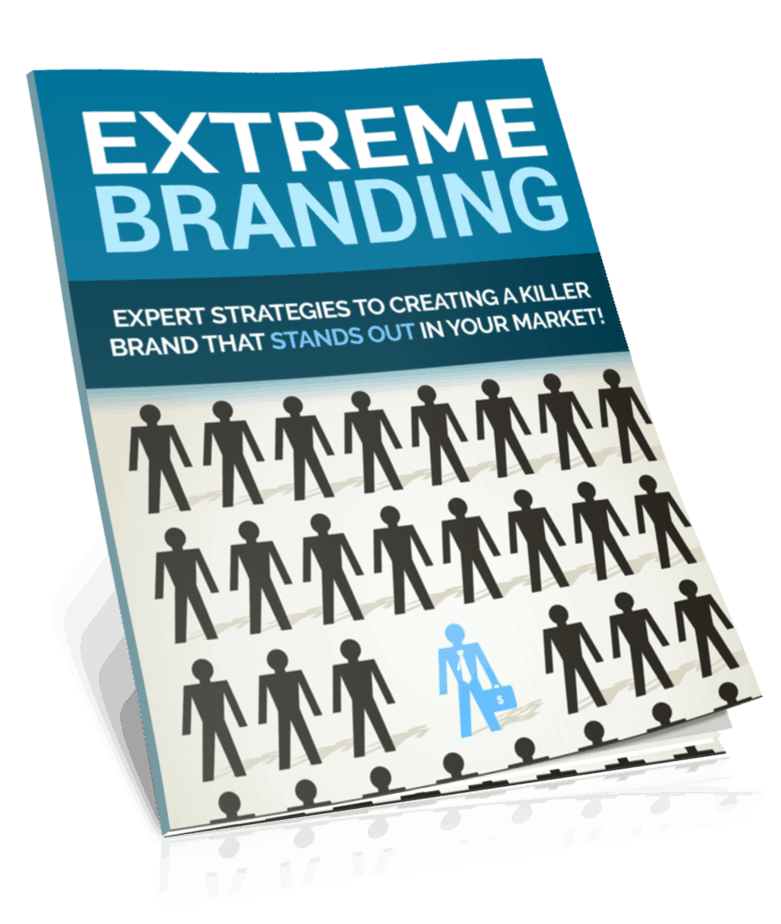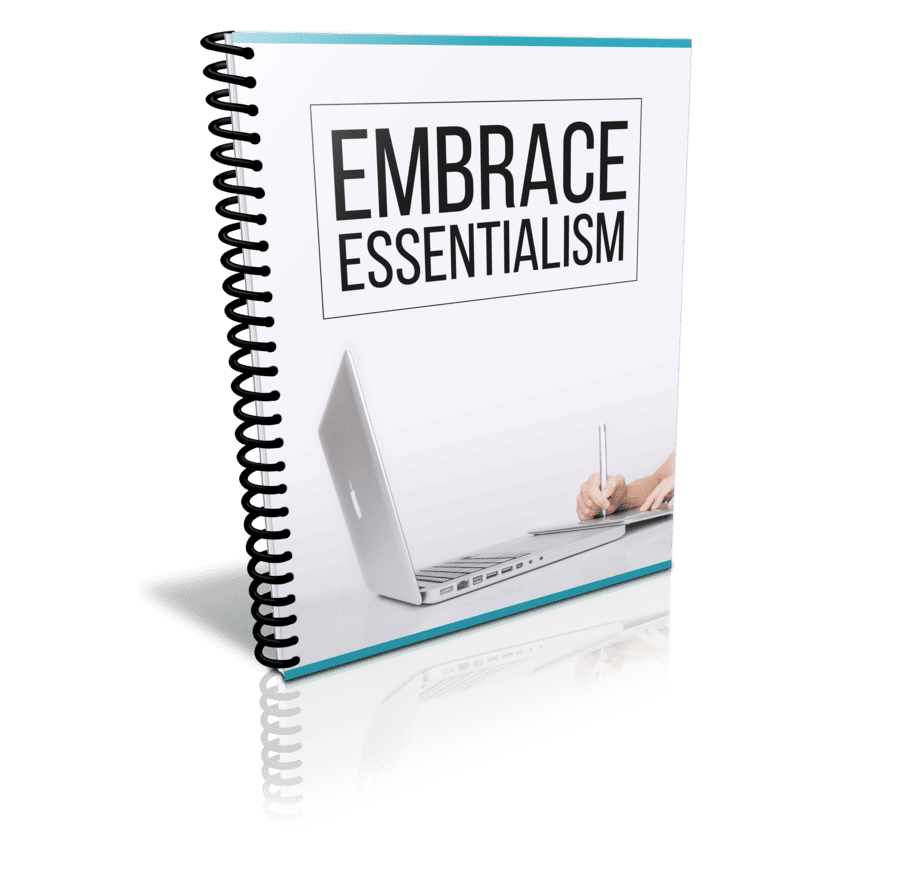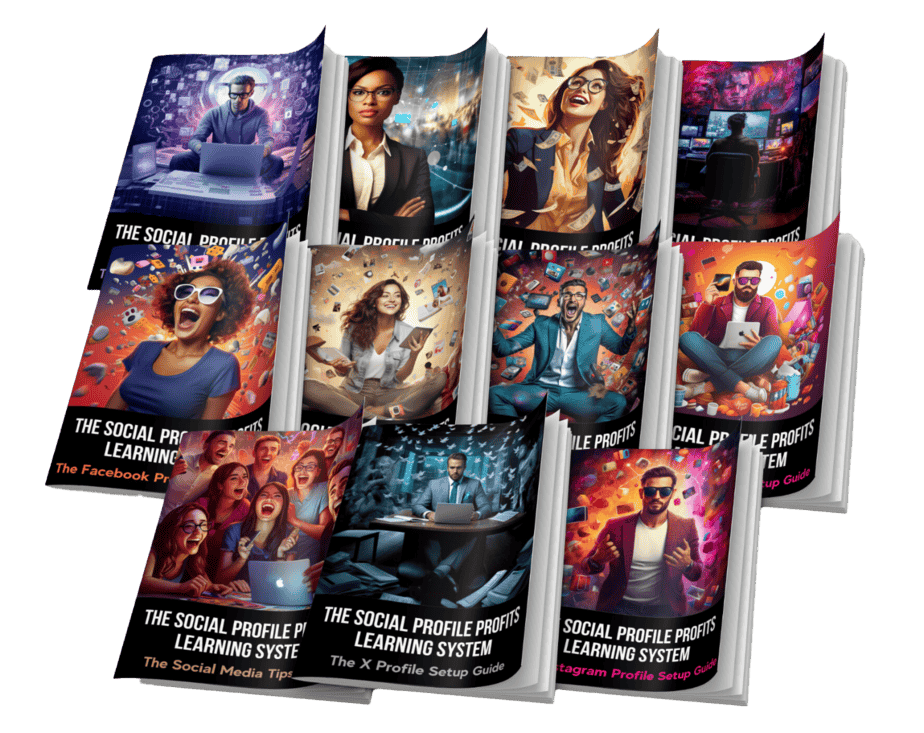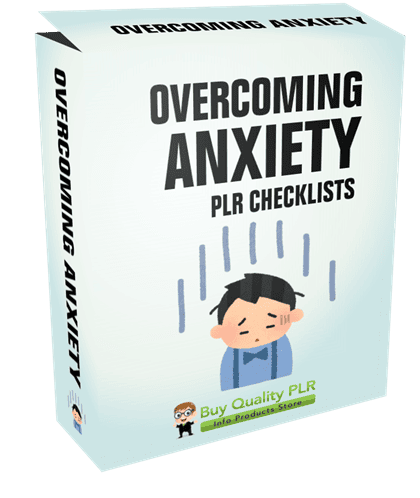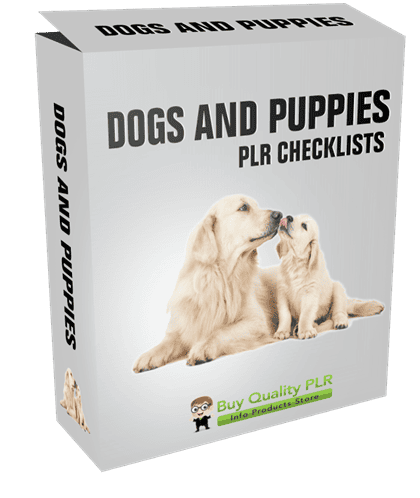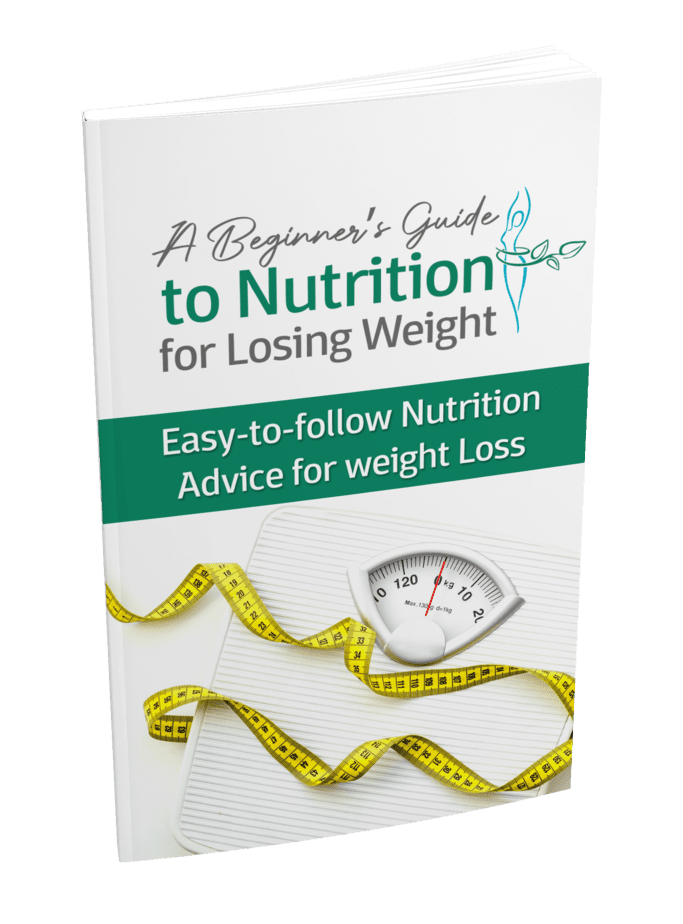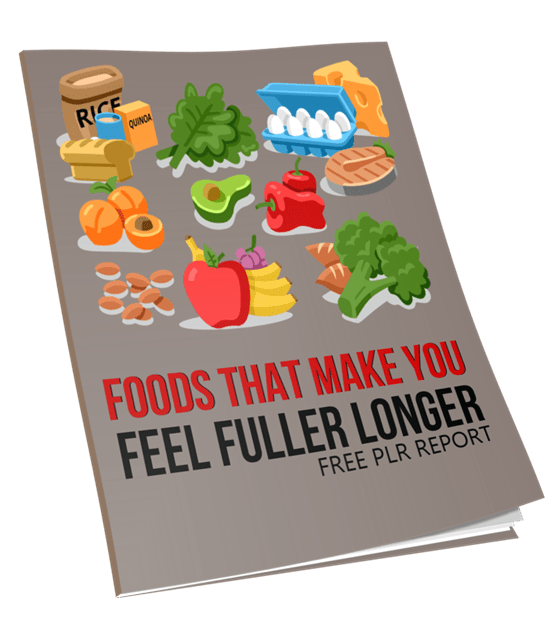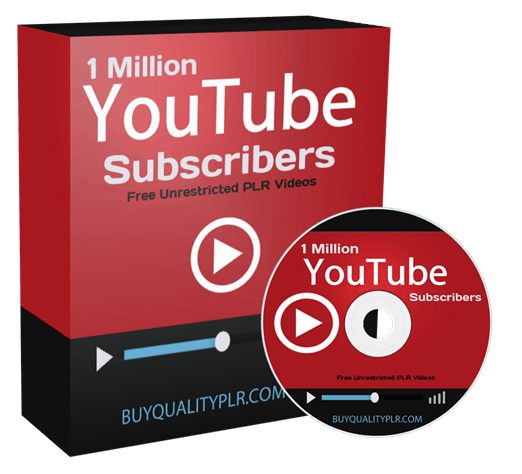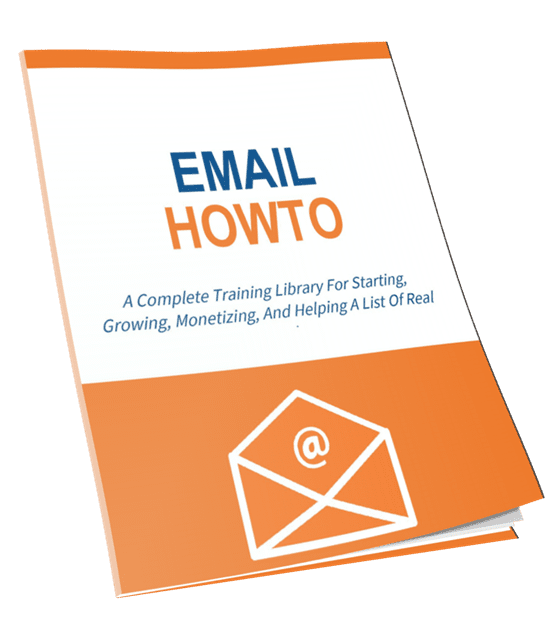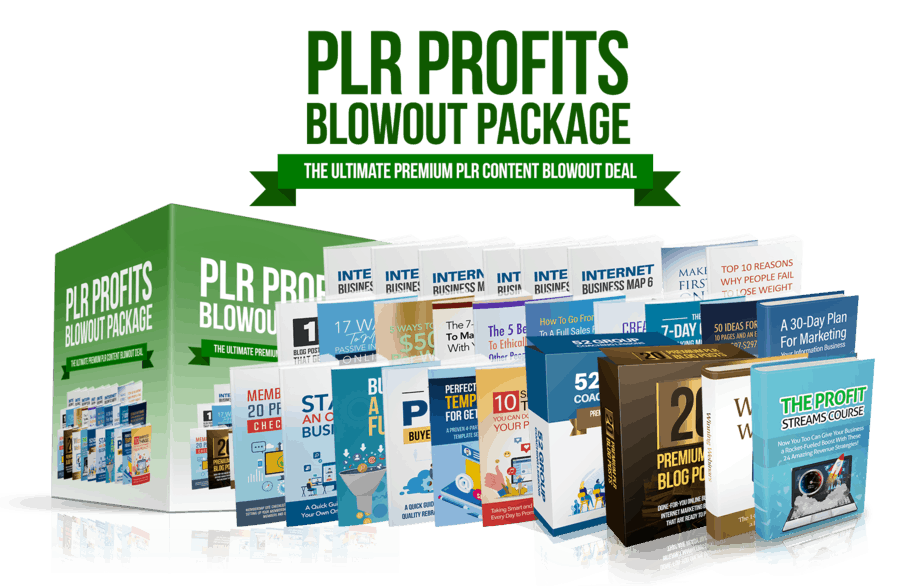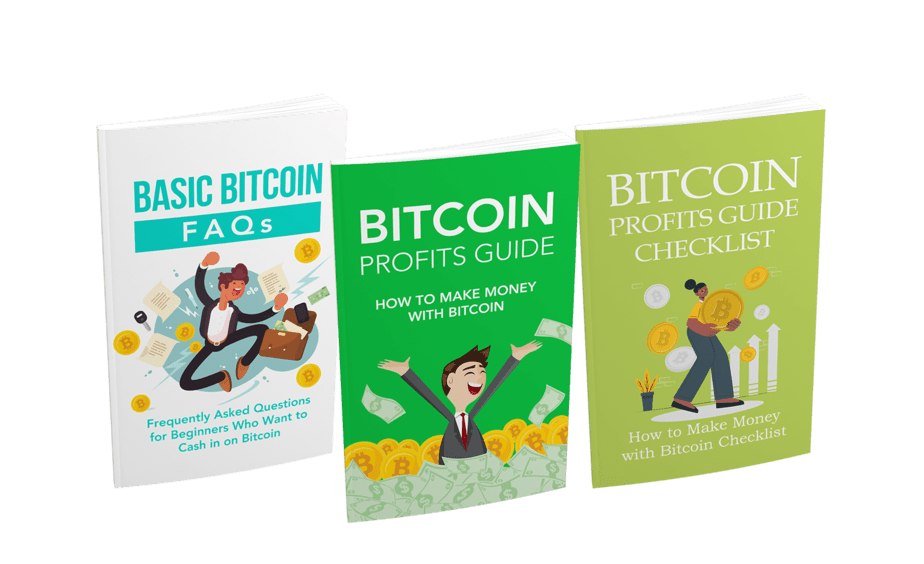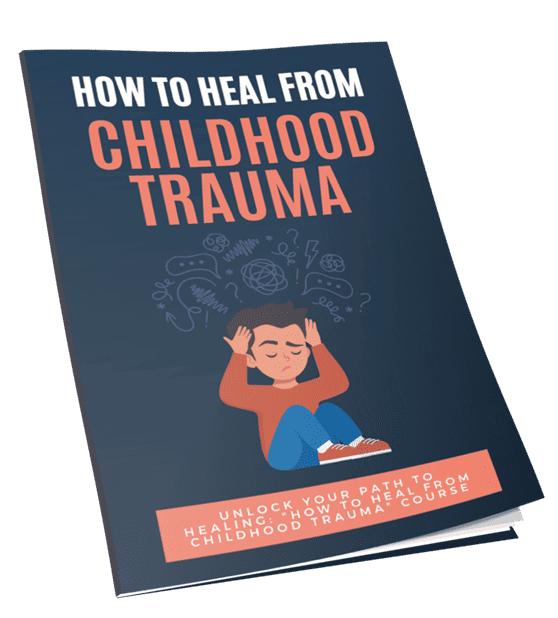
How to Heal From Childhood Trauma PLR Course 20k Words
in Health PLR , PLR eCourses , Premium PLR , Premium White Label Brandable PLR Coaching Courses , Private Label Rights Products , Self Care PLR , Self Esteem PLR , Self Help PLR , Self Improvement PLRChoose Your Desired Option(s)
has been added to your cart!
have been added to your cart!
#healingjourney #childhoodtrauma #emotionalrecovery #innerhealing #traumasupport #personalgrowth #healingprocess #mentalwellness #selfcare #positivetransformation
How to Heal From Childhood Trauma PLR Course 20k Words
Welcome to “How to Heal From Childhood Trauma”! This course is designed to empower you on your journey towards healing and overcoming the effects of childhood trauma. Whether you’ve experienced neglect, abuse, or any other form of adverse childhood experiences, this course is here to help you navigate through the healing process and reclaim your life.
How to Heal From Childhood Trauma PLR Course

What’s Included in the PLR Course:
Module 1: Understanding Childhood Trauma
- What is childhood trauma, and how does it impact our lives?
- Recognizing the different types of childhood trauma and their effects.
- Unraveling the connection between childhood trauma and adult challenges.
Module 2: Exploring the Impact of Childhood Trauma
- Identifying the emotional, psychological, and physical consequences of trauma.
- Understanding common coping mechanisms and their long-term effects.
- Embracing the concept of resilience and its role in healing.
Module 3: Cultivating Self-Compassion
- Embracing self-compassion as a vital tool for healing.
- Practicing self-acceptance and letting go of self-blame.
- Learning to forgive yourself and others to facilitate healing.
Module 4: Building a Supportive Network
- Recognizing the importance of social support in the healing journey.
- Navigating relationships with family and friends affected by trauma.
- Finding and connecting with support groups or therapy resources.
Module 5: Managing Triggers and Flashbacks
- Identifying triggers and understanding their origins.
- Developing coping strategies to navigate through triggers and flashbacks.
- Creating a safe space for emotional processing and healing.
Module 6: Rewriting Your Narrative
- Exploring the power of storytelling and reframing your life experiences.
- Using journaling and creative expression to process emotions and experiences.
- Setting new empowering beliefs to support your healing journey.
Module 7: Practicing Mindfulness and Grounding Techniques
- Understanding the benefits of mindfulness in trauma recovery.
- Practicing grounding techniques to manage anxiety and dissociation.
- Integrating mindfulness into daily life for long-term healing.
Module 8: Seeking Professional Help
- Understanding the role of therapy and counseling in healing from trauma.
- Identifying the right therapeutic approach for your unique needs.
- Overcoming common barriers to seeking professional help.
Module 9: Embracing Growth and Resilience
- Recognizing the transformational potential of trauma healing.
- Embracing a growth mindset and cultivating resilience.
- Setting goals and creating a roadmap for a fulfilling life after trauma.
Module 10: Building a Future Beyond Trauma
- Designing a self-care plan to maintain progress and prevent relapse.
- Integrating newfound strengths and skills into everyday life.
- Celebrating progress and embracing a life of healing and empowerment.
Course Conclusion:
Congratulations! You’ve completed the “How to Heal From Childhood Trauma” course. Remember, healing is a continuous journey, and it’s okay to take it one step at a time. Embrace your newfound understanding and resilience as you navigate through life beyond trauma. Always be kind to yourself and remember that healing is possible for everyone. You’ve taken a significant step towards reclaiming your life, and the future holds endless possibilities for growth and happiness.
Resources
Remember, you are not alone on this journey. Reach out for support when needed, and never underestimate the power of your own strength and resilience. Keep shining brightly on your path to healing!
Here A Sample of What Inside the How to Heal From Childhood Trauma PLR Course
Welcome to “How to Heal from Childhood Trauma”! This course is designed to empower you on your journey towards healing and overcoming the effects of childhood trauma. Whether you’ve experienced neglect, abuse, or any other form of adverse childhood experiences, this course is here to help you navigate through the healing process and reclaim your life.
Module 1: Understanding Childhood Trauma
Hey there, and welcome to Module 1 of our course, “How to Heal from Childhood Trauma”! I’m so glad you’ve decided to join us on this transformative journey of healing and growth.
In this module, we’ll delve into the world of childhood trauma and explore what it means for us as individuals. Understanding childhood trauma is the first step towards healing because it helps us make sense of our experiences and the impact they’ve had on our lives.
Now, you might be wondering, what exactly is childhood trauma? Well, let’s break it down in simple terms. Childhood trauma refers to any distressing or harmful experiences we encountered during our early years. These experiences could be emotional, physical, or even relational in nature.
You see, during childhood, we’re like sponges, absorbing everything around us. Our minds are developing, and the experiences we have can shape our beliefs, behaviors, and emotions as we grow older. Positive experiences can be nourishing and supportive, but unfortunately, negative experiences can leave deep scars that impact us well into adulthood.
The effects of childhood trauma can vary from person to person. Some of us might experience intense emotional reactions, while others may develop coping mechanisms that unconsciously affect our relationships and life choices. It’s important to remember that no two journeys are the same, and every response to trauma is valid.
In this module, we’ll explore the different types of childhood trauma and how they can show up in our lives. Sometimes, we might not even realize that certain events from our past are still affecting us today. By bringing awareness to these experiences, we gain the power to start healing and breaking free from their hold on us.
Remember, this module is all about understanding, not blaming or judging ourselves. We’re here to create a safe space where we can explore our feelings, thoughts, and memories without fear. Healing begins with self-compassion, and that’s what we’ll nurture throughout this course.
So, get ready to dive deep into your past, explore your emotions, and gain insights that will empower you to move forward on your journey to healing. I’m here to support you every step of the way, and together, we’ll discover the strength and resilience within you to overcome the effects of childhood trauma.
Let’s get started and embrace this opportunity for growth and healing! Remember, you are not alone, and there is hope for a brighter future ahead.
What is childhood trauma, and how does it impact our lives?
Childhood trauma is a significant topic, and I’m glad you’re curious to learn more about it. In simple terms, childhood trauma refers to distressing or harmful experiences that happen during our early years. These experiences can be emotional, physical, or even relational in nature.
Now, how does childhood trauma impact our lives? Well, it’s like a stone thrown into a pond—its ripples can reach far and wide. During childhood, our minds are like sponges, absorbing everything around us. So, when we experience trauma, it leaves a mark on our developing brains and influences how we perceive the world and ourselves.
The effects of childhood trauma can be far-reaching, showing up in different ways as we grow older. Emotionally, we might struggle with anxiety, depression, or intense mood swings. It can also affect our relationships, making it difficult to trust and form deep connections with others.
Sometimes, we might develop coping mechanisms during childhood to protect ourselves from the pain. While these coping strategies may have helped us survive back then, they can become stumbling blocks in our adult lives. For example, if we experienced neglect, we might have learned to be self-reliant, but it could also make it hard for us to ask for help when we need it.
Childhood trauma can also affect our physical health. The constant stress and fear we experienced during those tough times might impact our immune system and even contribute to chronic health issues later on.
One crucial thing to remember is that every person’s experience with childhood trauma is unique. What affects one person deeply might not have the same impact on someone else. So, it’s essential to respect and honor each individual’s journey and the emotions they carry with them.
But, it’s not all gloomy! Understanding childhood trauma and its impact is the first step toward healing. It helps us connect the dots between our past and our present struggles. By bringing awareness to our experiences, we can start to unravel the knots that have been holding us back.
Remember, healing from childhood trauma is possible, and it’s a journey worth taking. It might not be easy, but with the right support and tools, we can overcome the challenges it presents. Throughout this course, we’ll explore ways to heal, grow, and create a brighter future beyond the shadows of our past.
So, let’s embrace this opportunity together and move forward on the path to healing and self-discovery! You’ve got the strength within you to break free from the chains of childhood trauma and live a life filled with joy and fulfillment.
Recognizing the different types of childhood trauma and their effects.
Let’s dive into the different types of childhood trauma and how they can affect us. Remember, this is a safe space to explore, so feel free to take your time and process the information at your own pace.
- Emotional Trauma: Emotional trauma can occur when we experience overwhelming emotions like fear, sadness, or helplessness during our childhood. This could be due to neglect, rejection, or witnessing violence. The effects of emotional trauma can show up as difficulty in managing emotions, low self-esteem, and a fear of forming close relationships.
- Physical Trauma: Physical trauma involves experiencing harm to our bodies during childhood, like physical abuse or accidents. The impact of physical trauma can manifest as physical pain, chronic health issues, and even a tendency to be overly cautious or avoidant of risky situations.
- Sexual Trauma: This type of trauma occurs when a child experiences unwanted sexual experiences or abuse. Sexual trauma can leave deep emotional scars, affecting self-worth, intimacy, and trust in others.
- Neglect: Neglect happens when our basic needs, like food, shelter, and emotional support, are not adequately met during childhood. The effects of neglect can lead to difficulties in forming healthy relationships, feelings of emptiness, and a sense of being unworthy of love and care.
- Relational Trauma: Relational trauma stems from unstable or harmful relationships with caregivers or other significant individuals during childhood. This can lead to difficulties in trusting others, fear of abandonment, and challenges in setting healthy boundaries.
- Community and Cultural Trauma: Sometimes, traumatic events can affect entire communities or cultural groups. This type of trauma can lead to a sense of disconnection from one’s cultural identity, feelings of powerlessness, and a struggle to belong.
It’s essential to remember that the effects of childhood trauma can vary widely from person to person. One individual might struggle more with emotional trauma, while another might have experienced a combination of different traumas. There’s no right or wrong way to respond to trauma—it’s all about how our unique experiences shaped us.
Recognizing the types of childhood trauma we’ve experienced is an important step in the healing process. By acknowledging the impact of these experiences, we can begin to untangle the knots that have been holding us back. It’s not an easy journey, but remember, you’re not alone, and healing is possible.
Throughout this course, we’ll explore various healing techniques and strategies to help you navigate through the effects of childhood trauma and move towards a brighter, more empowered future. You’ve taken the first step by being here, and I’m here to support you every step of the way. Let’s keep moving forward together!
Unraveling the connection between childhood trauma and adult challenges.
let’s talk about the connection between childhood trauma and the challenges we face as adults. It’s like connecting the dots in a big puzzle, and understanding this link is crucial for our healing journey.
You see, our childhood experiences play a significant role in shaping who we become as adults. Imagine our early years as the foundation of a house—solid and sturdy if built with care and love. But if that foundation is cracked due to trauma, it can affect the entire structure as we grow older.
When we experience childhood trauma, it leaves a mark on our minds and bodies. Those experiences can wire our brains to react in specific ways to the world around us. For example, if we faced constant danger or neglect during childhood, our brains might become more attuned to threats, making us hyper-vigilant or anxious as adults.
Childhood trauma can also impact how we form and maintain relationships. If we were hurt or betrayed in the past, we might struggle to trust others fully in adulthood. This fear of getting hurt again can lead to isolation or difficulties in forming deep connections with others.
Moreover, the coping mechanisms we developed during childhood might stick with us, even when they’re no longer serving us. For instance, if we learned to shut down our emotions to protect ourselves during difficult times, it might make it challenging to express our feelings as adults, affecting our emotional well-being and relationships.
The effects of childhood trauma can even extend to how we perceive ourselves and our worth. Negative experiences during our early years might lead us to believe that we are unworthy of love, success, or happiness, even when that couldn’t be further from the truth!
But here’s the hopeful part: recognizing these connections between childhood trauma and our adult challenges empowers us to make positive changes. It’s like discovering the roots of a problem so we can start healing from the inside out.
Through self-awareness and self-compassion, we can begin to challenge the negative beliefs and behaviors that stem from childhood trauma. It’s like rewriting the script of our lives, replacing the old limiting beliefs with new empowering ones.
Healing from childhood trauma is a journey of growth and self-discovery. It takes time, patience, and support, but it’s worth every step. And you know what? You’ve already taken a big step by acknowledging the connection between your past and your present challenges.
In this course, we’ll explore various tools and techniques to help you heal and overcome these challenges. You’re not alone on this journey—remember that! Together, we’ll navigate through the impact of childhood trauma and work towards building a life filled with joy, resilience, and a deep sense of self-worth. So, let’s roll up our sleeves and get ready to embrace the path to healing and transformation!
We’re also giving these extra bonuses
How to Heal From Childhood Trauma – Checklist
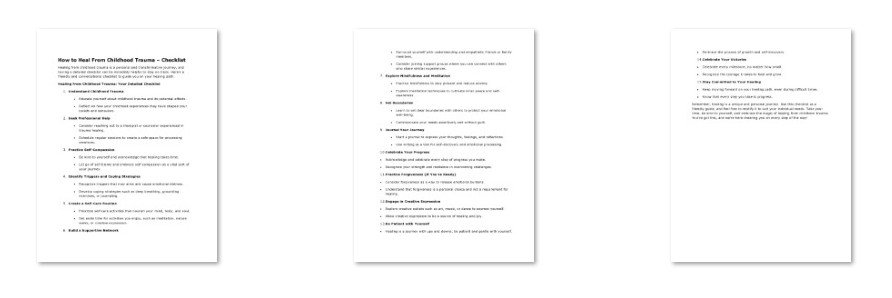
How to Heal From Childhood Trauma – FAQs
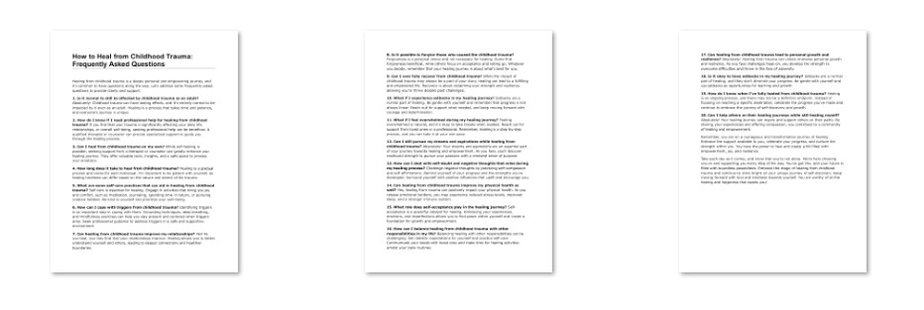
How to Heal From Childhood Trauma – Salespage Content
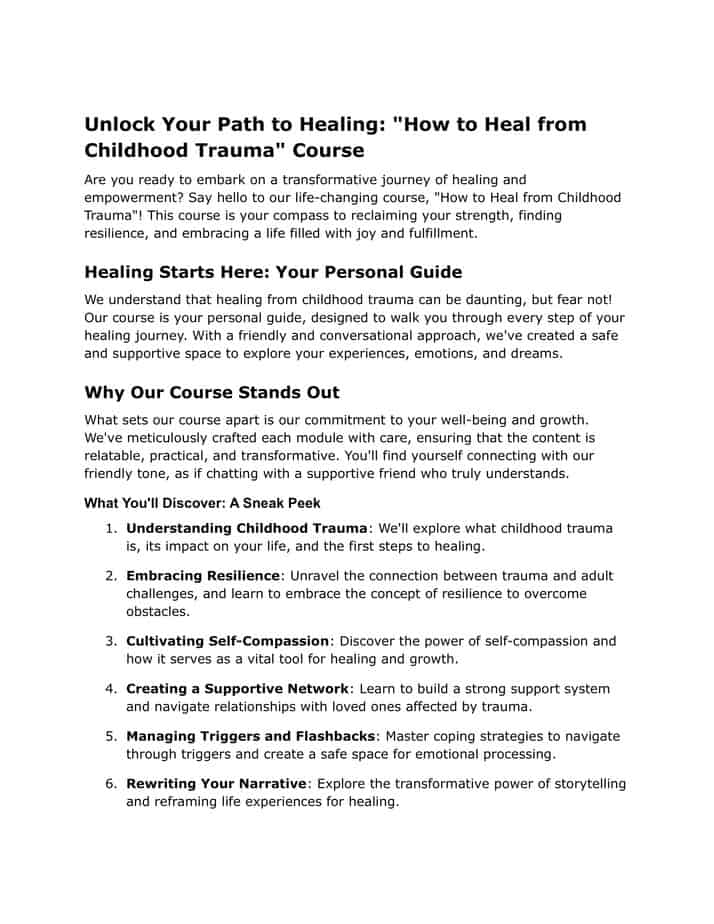
Package Details:
How to Heal From Childhood Trauma – PLR Course
Module 1: Understanding Childhood Trauma
Module 2: Exploring the Impact of Childhood Trauma
Module 3: Cultivating Self-Compassion
Module 4: Building a Supportive Network
Module 5: Managing Triggers and Flashbacks
Module 6: Rewriting Your Narrative
Module 7: Practicing Mindfulness and Grounding Techniques
Module 8: Seeking Professional Help
Module 9: Embracing Growth and Resilience
Module 10: Building a Future Beyond Trauma
Number of Pages: 58
How to Heal From Childhood Trauma – Bonus Content
Checklist
Word Count: 487 words
FAQs
Word Count: 1043 words
Salespage Content
Word Count: 557 words
Total Word Count: 20 501 Words
Your PLR License Terms
PERMISSIONS: What Can You Do With These Materials?
Sell the content basically as it is (with some minor tweaks to make it “yours”).
If you are going to claim copyright to anything created with this content, then you must substantially change at 75% of the content to distinguish yourself from other licensees.
Break up the content into small portions to sell as individual reports for $10-$20 each.
Bundle the content with other existing content to create larger products for $47-$97 each.
Setup your own membership site with the content and generate monthly residual payments!
Take the content and convert it into a multiple-week “eclass” that you charge $297-$497 to access!
Use the content to create a “physical” product that you sell for premium prices!
Convert it to audios, videos, membership site content and more.
Excerpt and / or edit portions of the content to give away for free as blog posts, reports, etc. to use as lead magnets, incentives and more!
Create your own original product from it, set it up at a site and “flip” the site for megabucks!
RESTRICTIONS: What Can’t You Do With These Materials?
To protect the value of these products, you may not pass on the rights to your customers. This means that your customers may not have PLR rights or reprint / resell rights passed on to them.
You may not pass on any kind of licensing (PLR, reprint / resell, etc.) to ANY offer created from ANY PORTION OF this content that would allow additional people to sell or give away any portion of the content contained in this package.
You may not offer 100% commission to affiliates selling your version / copy of this product. The maximum affiliate commission you may pay out for offers created that include parts of this content is 75%.
You are not permitted to give the complete materials away in their current state for free – they must be sold. They must be excerpted and / or edited to be given away, unless otherwise noted. Example: You ARE permitted to excerpt portions of content for blog posts, lead magnets, etc.
You may not add this content to any part of an existing customer order that would not require them to make an additional purchase. (IE You cannot add it to a package, membership site, etc. that customers have ALREADY paid for.)
Related Products That May Interest You
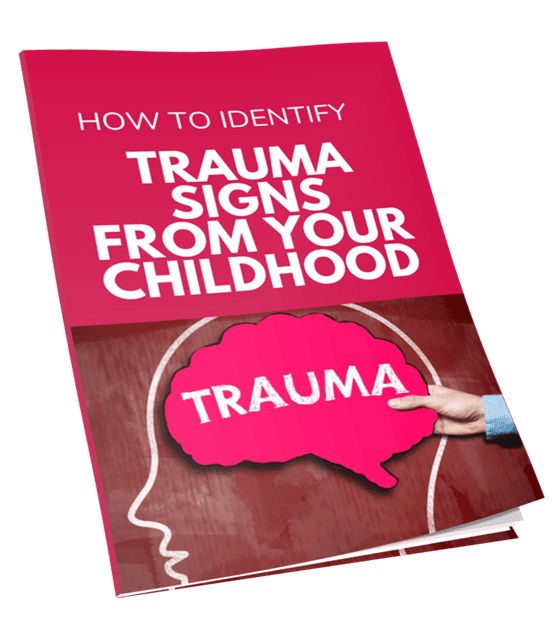
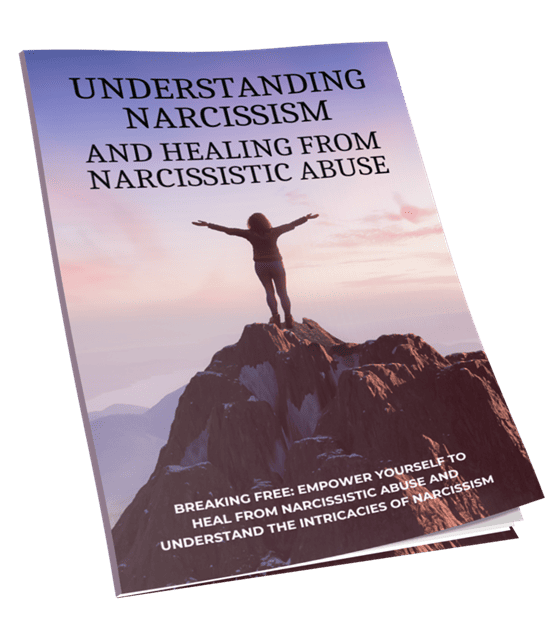
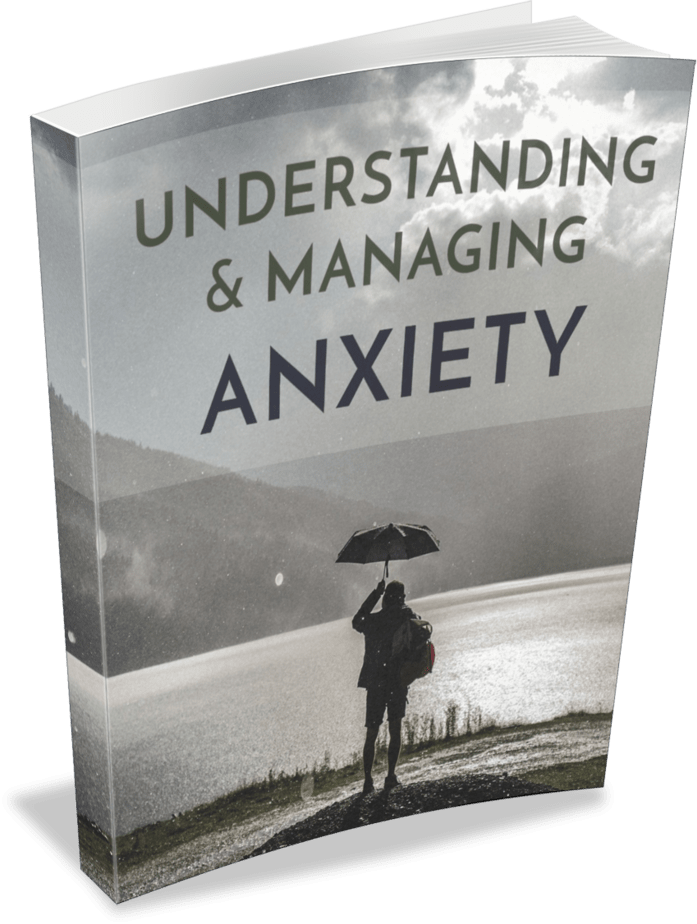
Share Now!

